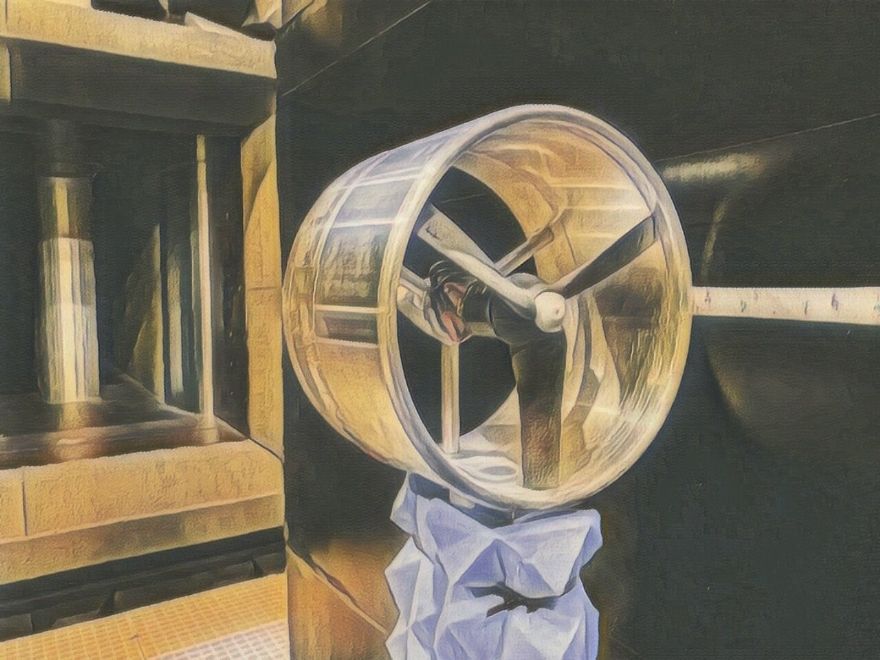
A recent study published in the
Journal of Fluid Mechanics has revealed how noise is generated and propagated from ‘aircraft embedded engines featuring an energy-conserving arrangement’. Technically known as boundary layer ingesting (BLI) ducted fans, these are like the large engines found in modern aeroplanes but are partially embedded into the main body instead of under the wings; and because they ingest air from both the front and from the surface of the airframe, they don’t have to work as hard to move the aeroplane, and so burn less fuel.
The research, which was led by Feroz Ahmed from the University of Bristol’s School of Civil, Aerospace and Design Engineering — under the supervision of Mahdi Azarpeyvand — used the University’s aeroacoustic wind tunnel facility to help identify distinct noise sources originating from the duct, the rotating fan, and the air flowing over the curved airframe surface.
They found that the noise pattern changes depending on how much thrust the fan is producing. Also, that when the fan is producing high thrust there is a noise pattern similar to that seen in fans without ducts, but when the fan is producing less thrust, the noise pattern changes because the duct itself starts making more noise.
Dr Ahmed said: “Our study addresses this urgent issue of noise, which poses a major obstacle in obtaining certifications, by uncovering the physics behind the noise these configurations produce. By understanding the noise mechanisms in BLI ducted fans it is hoped that industrial guidelines can be developed for quieter airframe-integrated propulsion systems in future aircraft concepts, from large-scale conventional aircraft to small-scale electric vertical take-off and landing aircraft, known as eVTOLs.
“However, how loud or quiet they are remains a mystery. Previous research on BLI configurations mostly focused on fans without ducts, where the boundary layer forms over flat airframe surfaces. However, there is a knowledge gap when it comes to the ducted fans ingesting air around curved airframe surfaces.
“In this study we have closely examined the various factors that contribute to the noise produced by the embedded ducted fans installed on curved airframe surfaces by designing a BLI test rig featuring an electric ducted fan mounted next to a curved wall. By dissecting the complexities of noise interaction mechanisms among various sources, this framework helped uncover the underlying physics of where the noise originated and how it changed as the fan operated at different thrust levels.
He concluded: “Our investigation into unlocking the noise contributions in BLI ducted fans has the potential to steer significant research activity within the fluid mechanics community. This, in turn, could foster a deeper understanding and further exploration of aeroacoustics phenomena in ducted fans exposed to a broad spectrum of incoming turbulent flows.”